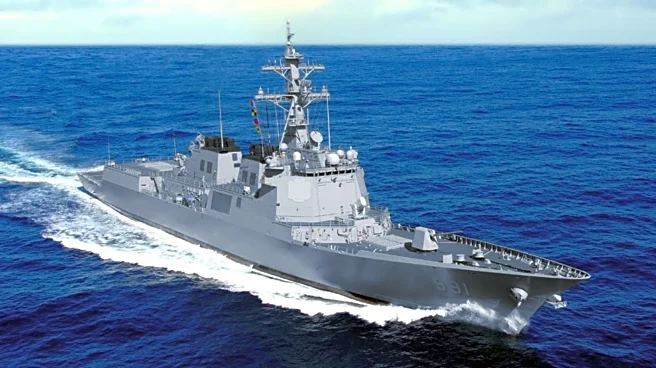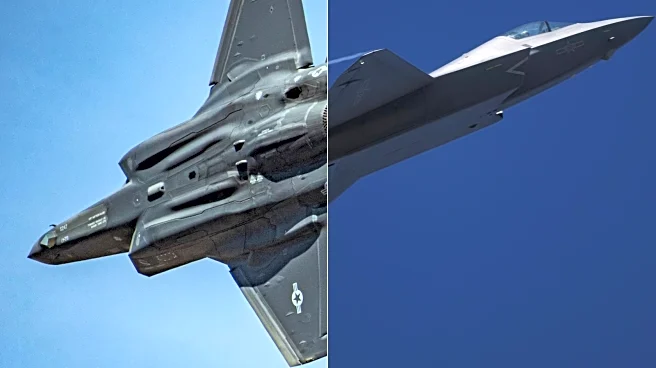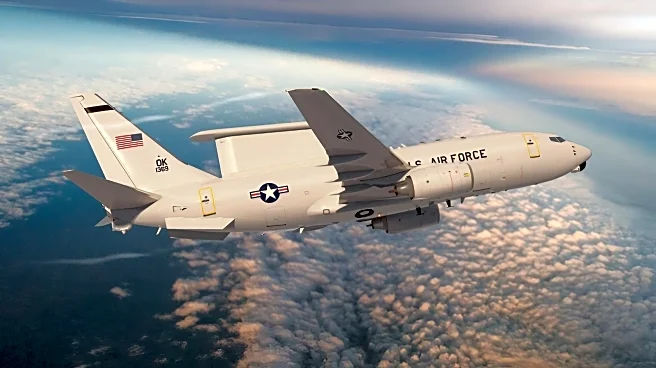
China has the largest standing military in the world by troop count, but numbers alone don't win wars. The U.S. military is built to operate anywhere, at any time. That's the big difference. The U.S. has over 800 overseas bases in more than 80 countries, while China has one base in Djibouti. Power projection is what separates a regional power from a global one. The U.S. Navy runs 11 aircraft carriers. China has three, including the supposedly "unsinkable" Fujian aircraft carrier. In terms of logistics,
the U.S. has a dedicated Air Mobility Command and prepositioned supplies around the world. China doesn't.
Nuclear capability is also heavily lopsided. China is believed to have around 600 nuclear warheads. The U.S. has about 4,000, with roughly 1,600 strategic weapons. Even if China doubles its arsenal in the next decade, it won't come close to matching the U.S. triad of land, sea, and air-based delivery systems.
China may have grown its regional footprint, but the U.S. remains the dominant military power worldwide. When it comes to fighting wars far from home — and winning them — China isn't in the same league.
Read more: 10 Largest Air Forces In The World, Ranked By Military Aircraft Numbers
Technology And Combat Experience Tip The Scale
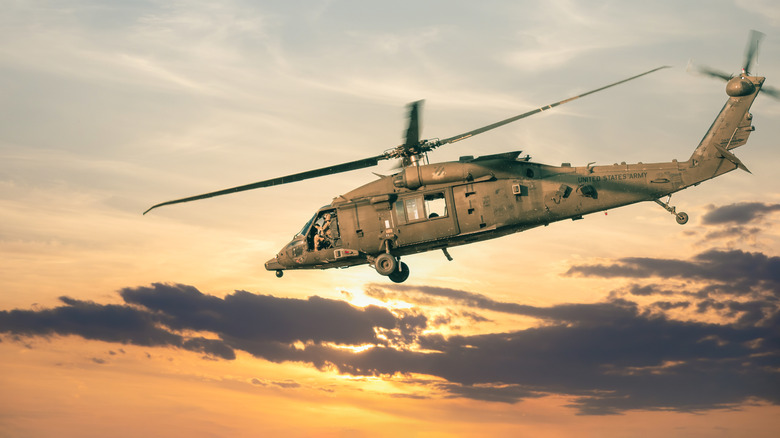
The U.S. military has been in active combat for over 80 years, from World War II to recent conflicts in the Middle East. China hasn't fought a war since 1979. That matters. Real-world experience creates an edge in tactics and readiness that simulations can't replicate. The U.S. has refined its doctrine through decades of trial, error, and combat-proven leadership.
In tech, the U.S. still leads. Its dominance in C4ISR — command, control, communications, computers, intelligence, surveillance, and reconnaissance — gives American forces superior situational awareness.
Aircraft comparison also shows a gap. The U.S. has over 600 fifth-generation fighters like the F-35 and the now-discontinued F-22 Raptor. China's only stealth fighter, the J-20, has not been tested in combat or international exercises (here's how many it has currently). Its J-15 carrier-based jet has been called a "flopping fish" by China's own media due to its poor performance.
The U.S. builds and fields advanced systems like Zumwalt-class destroyers, B-21 stealth bombers, and laser-guided weapons. China still reverse engineers foreign designs. While it's closing the gap in some areas, it remains behind in others, like anti-submarine warfare, air-to-air refueling, and drone integration. Combat-tested tech plus seasoned troops give the U.S. a decisive upper hand. China is catching up, but it's not there yet.
China's Numbers Don't Equal Superiority
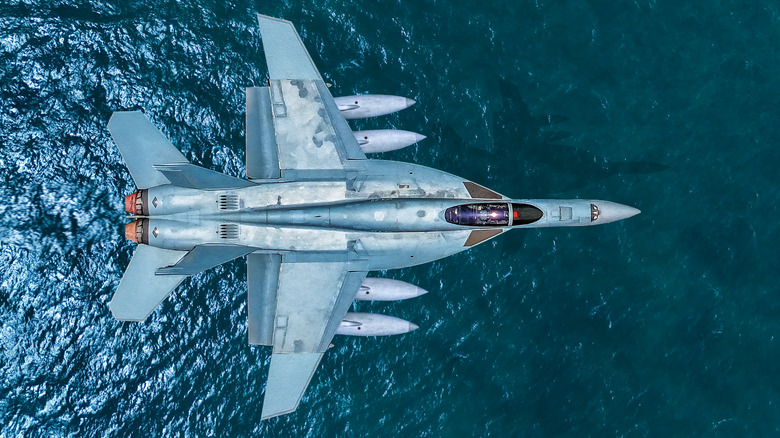
China's military build-up is real, but it doesn't translate into dominance. For example, China's navy has more ships than the U.S., but size is misleading. The U.S. Navy's ships are heavier, more heavily armed, and supported by better systems. The U.S. fleet has nearly five times more missile capacity at sea and a more advanced submarine force. China's subs have a shorter range, while U.S. nuclear-powered subs can operate globally and undetected for months.
Even in the air, quantity falls short. China has over 3,000 military aircrafts, but most are outdated. Only a fraction of them are modern enough to go head-to-head with U.S. jets. China lacks the support infrastructure — refueling tankers, airborne warning systems, and logistics aircraft — to keep its fighters in the air during extended operations. The U.S. Air Force, in contrast, has 625 refueling tankers and global ISR coverage. While China's defense budget has grown, it's still significantly less than what the U.S. spends when all factors are accounted for.
Want the latest in tech and auto trends? Subscribe to our free newsletter for the latest headlines, expert guides, and how-to tips, one email at a time.
Read the original article on SlashGear.
